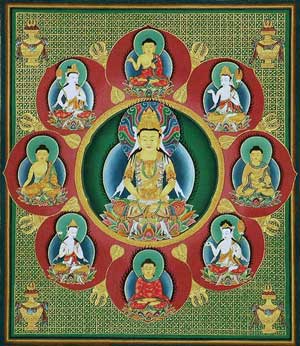Showing Results For Buddhism In Japan
Results: 1, 2, 3, 4
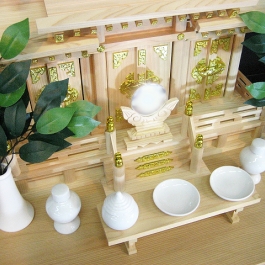
Shinto: The Way of, to, and with the Gods!
Exploring the Shinto tradition
Uploaded 19 Jun 2015
Read More
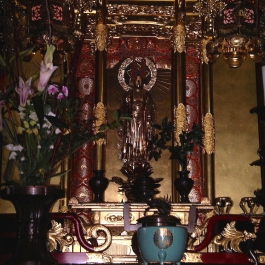
Humility, Faith, and Other-Power: Shinran’s "Tannisho"
The so-called sectarianism of Buddhism in Japan has...
Uploaded 20 Mar 2015
Read More
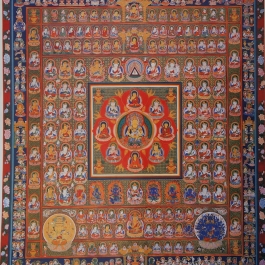
Walking with Kukai–Becoming a Buddha: Pilgrimage in Shingon...
A look at Master Kukai's influence on Japanese...
Uploaded 30 Jan 2015
Read More
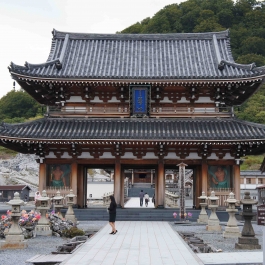
The Variety of Practice in Soto Zen Buddhism
Dogen’s (1200–53) Soto Zen is known for its emphasis on...
Uploaded 10 Oct 2014
Read More
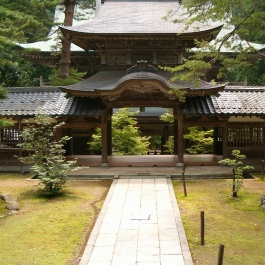
The Precept-bestowing Assembly at Eihei-ji
This is the first of a series of articles on Japanese...
Uploaded 29 Aug 2014
Read More
Results: 1, 2, 3, 4
===
Results: 1, 2, 3, 4

Meaning in the Face of Transience: Reflections of Socially Engaged...
Finding solace in impermanence
Uploaded 17 Jan 2018
Read More
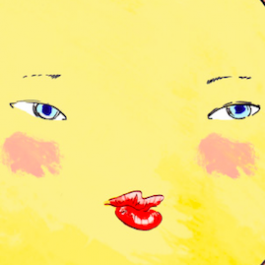
One Face of Liberation: Buddhist Feminism in Japan
The Zen-inspired activism of Hiratsuka Raichō
Uploaded 30 Oct 2017
Read More
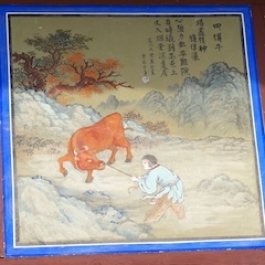
Who Am I — Self-discovery in Japanese Zen Practice
On the nature and purpose of selfless self-awareness
Uploaded 26 May 2017
Read More
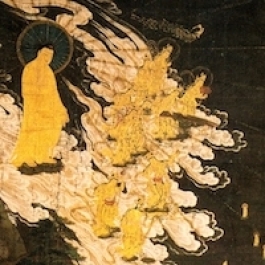
Samurai and Monks: Lessons in Impermanence
Examining the Tale of Heike
Uploaded 24 Mar 2017
Read More
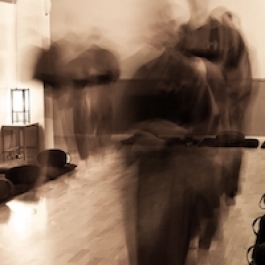
Why Meditate?
Understanding the transformative approaches to...
Uploaded 27 Jan 2017
Read More
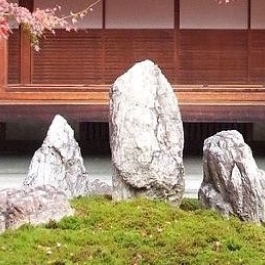
Does a Philosopher Have Buddha-nature?
Dōgen's take on the enlightened nature within us all
Uploaded 4 Nov 2016
Read More
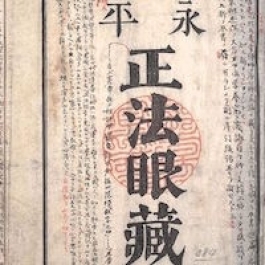
How to Read Japanese Buddhist Texts?
Approaching historical Buddhist texts
Uploaded 9 Sep 2016
Read More
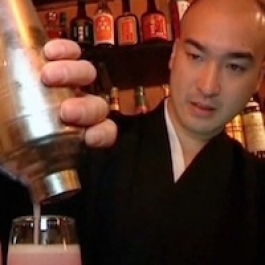
Spirituality as the Transformation of Daily Life: Living Buddhism in 21st...
The changing face of Japanese Buddhism
Uploaded 20 May 2016
Read More
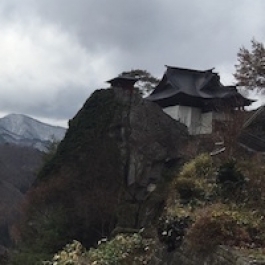
How to Face Death - Pilgrimages and Death Rituals in Japanese...
Consoling those who have lost a loved one and...
Uploaded 15 Jan 2016
Read More
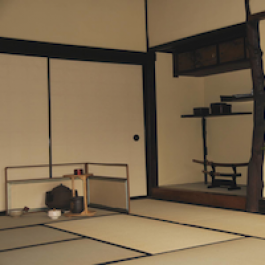
Drinking Tea—Meeting the Buddha
Gereon Kopf on Buddhism in the tea ceremony
Uploaded 18 Sep 2015
Read More
Results: 1, 2, 3, 4
===
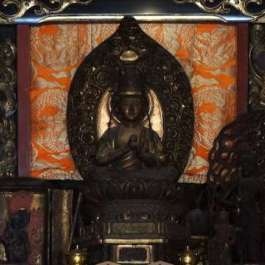
Japanese Buddhism 101: The Search for the Buddha
Doctrinal Buddhist beliefs and practices in Japan
Uploaded 23 Aug 2019
Read More
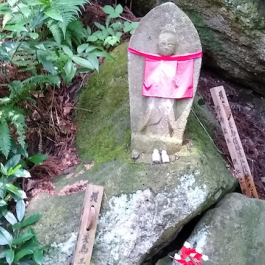
Death and Dying in Japanese Buddhism
Engaging with mortality
Uploaded 29 Jun 2019
Read More
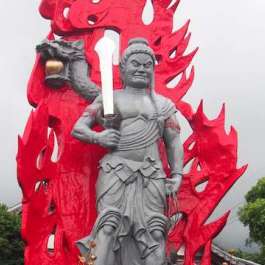
The Metaphorical Sword
Expressions of the Buddhadharma in the...
Uploaded 22 May 2019
Read More
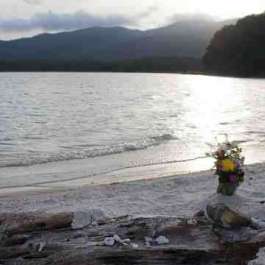
Who Will I Be? Japanese Buddhist Conceptions of the Afterlife
Concepts of self and no-self at the end of life
Uploaded 30 Mar 2019
Read More
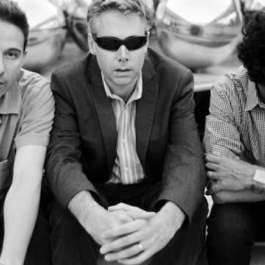
“Beauty that Floats on Mud”
Illuminations of the Lotus Sutra
Uploaded 12 Jan 2019
Read More
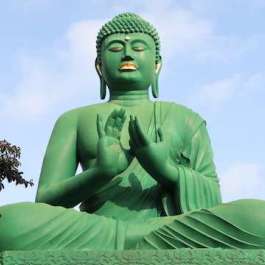
What Use is Morality for Meditation?
The path to wisdom and compassion
Uploaded 26 Oct 2018
Read More
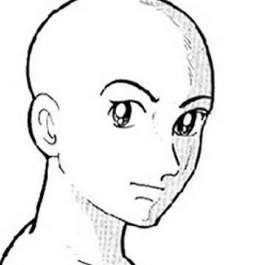
Who Is the Buddha?
Mythology and history in the Buddhadharma
Uploaded 17 Aug 2018
Read More
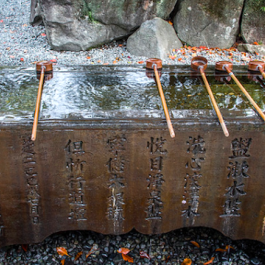
“This Mind is the Buddha”* — Being Religious (in Japan)
Between immanence and transcendence
Uploaded 30 Jun 2018
Read More
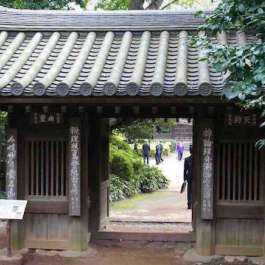
Expressions between Dogma and Silence: A Japanese Take on the Two Truths
Exploring two interpretations of a central Buddhist doctrine
Uploaded 20 Apr 2018
Read More
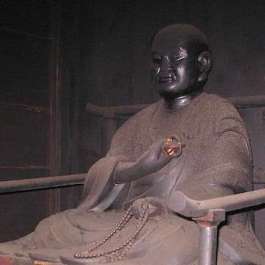
Becoming a Buddha – A Shingon Buddhist 10-step Program
Mapping the way from suffering to liberation
Uploaded 1 Mar 2018
Read More
===
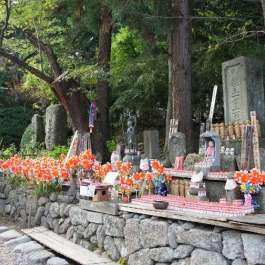
Buddhist Death Rituals: For the Living – Not for the Dead
Exploring a unique Japanese ritual that skillfully aids...
Uploaded 8 Oct 2021
Read More
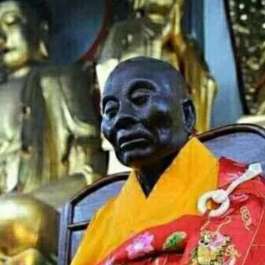
What or Who Is a Buddha?
Exploring the meaning of buddhahood in the Japanese...
Uploaded 10 Aug 2021
Read More
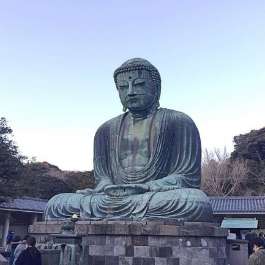
Art in Japanese Buddhism
An overview of artistic styles and forms in Japan
Uploaded 7 May 2021
Read More
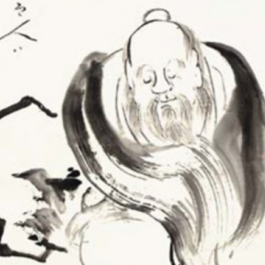
The Zen Masters of the Rinzai Tradition
Beginning a series of essays on the Zen masters of Japan
Uploaded 24 Dec 2020
Read More

Does Artificial Intelligence have Buddha-nature?
If a bodhisattva can come in all forms, why not as a robot?
Uploaded 29 Oct 2020
Read More
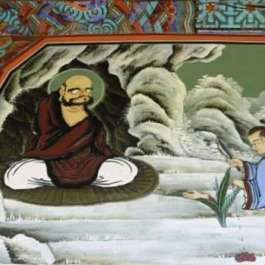
Do I Need a Teacher to Practice Meditation?
Lessons from Zen on lineage, practice, and compassion
Uploaded 3 Sep 2020
Read More
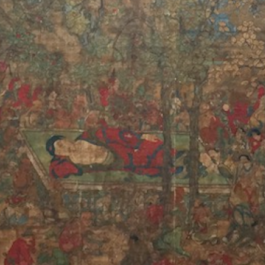
Another Kind of Pilgrimage
What it means to walk the Buddha-way
Uploaded 19 Jun 2020
Read More
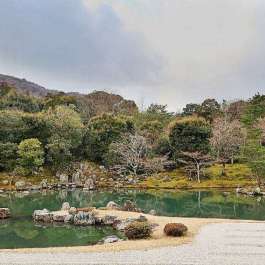
The Zen of Temples
A history of temple buildings in Japan
Uploaded 22 May 2020
Read More
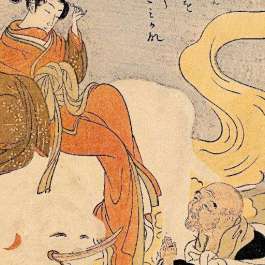
Japanese Buddhist Poetry: Bearing the Weight of Being
Insight through skillful means into the depths of the human...
Uploaded 2 Mar 2020
Read More
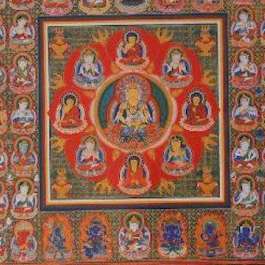
Words Heal – Words Hurt
Our speech shows our true understanding as much as...
Uploaded 4 Dec 2019
Read More
Results: 1, 2, 3, 4
===
===
===



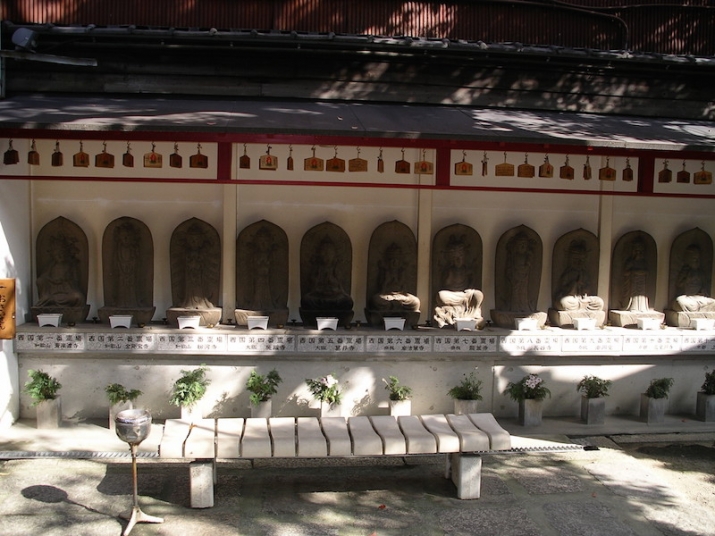 Temple 7 of the "13 Buddhas of Osaka" pilgrimage, Senko-ji, which houses a short version of the "88 places of Shikoku." From Gereon Kopf
Temple 7 of the "13 Buddhas of Osaka" pilgrimage, Senko-ji, which houses a short version of the "88 places of Shikoku." From Gereon Kopf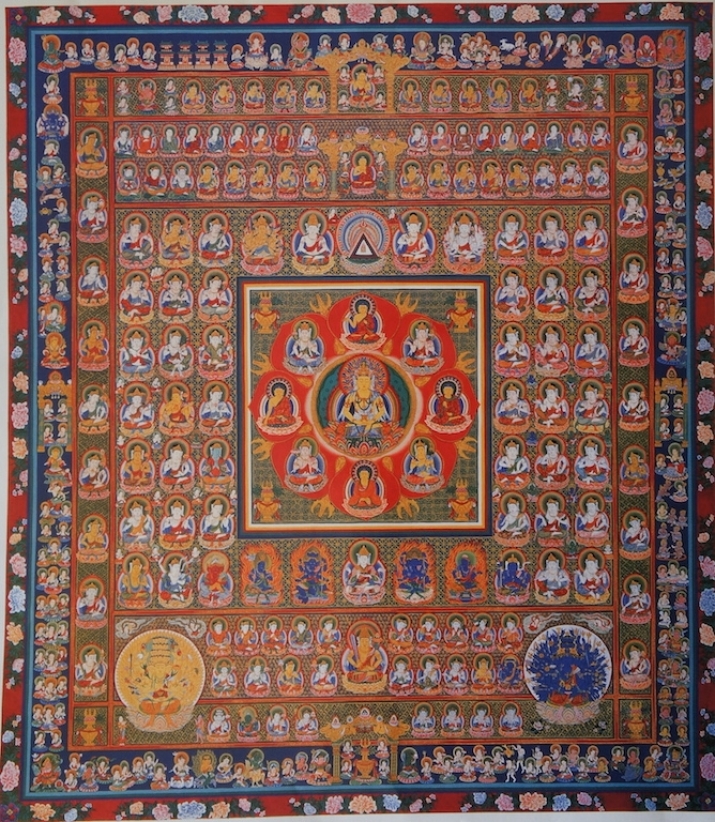 "Womb World Mandala," attributed to Kukai. From Gereon Kopf
"Womb World Mandala," attributed to Kukai. From Gereon Kopf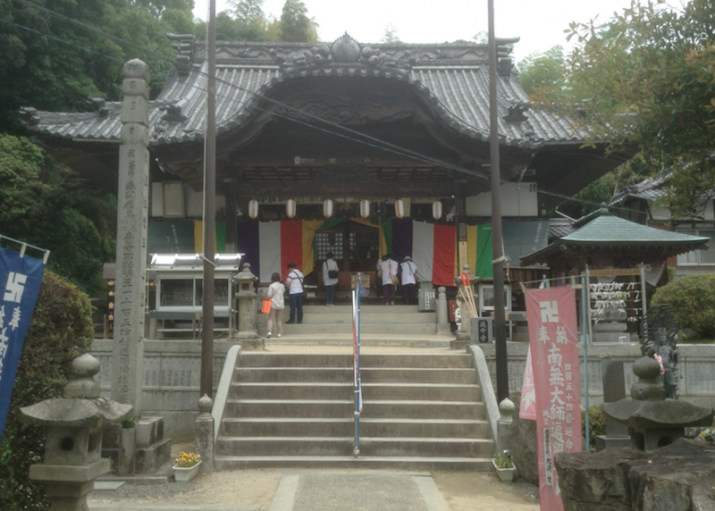 Temple 51, Ishite-ji, Shikoku. From Gereon Kopf
Temple 51, Ishite-ji, Shikoku. From Gereon Kopf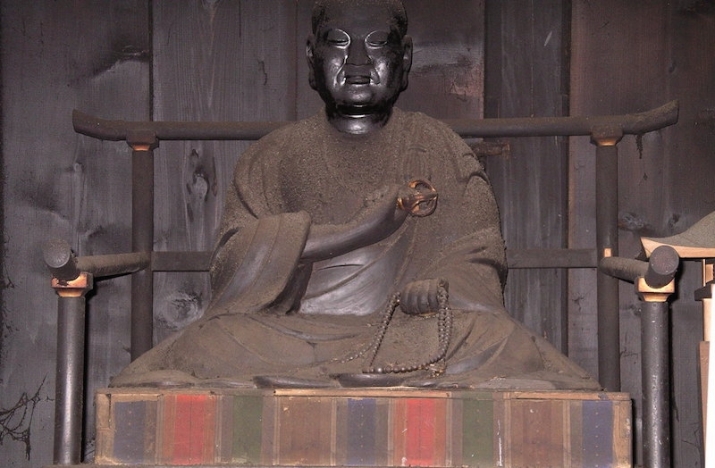 Statue of Kukai at Muryokoin, Mt. Koya. From Gereon Kopf
Statue of Kukai at Muryokoin, Mt. Koya. From Gereon Kopf

